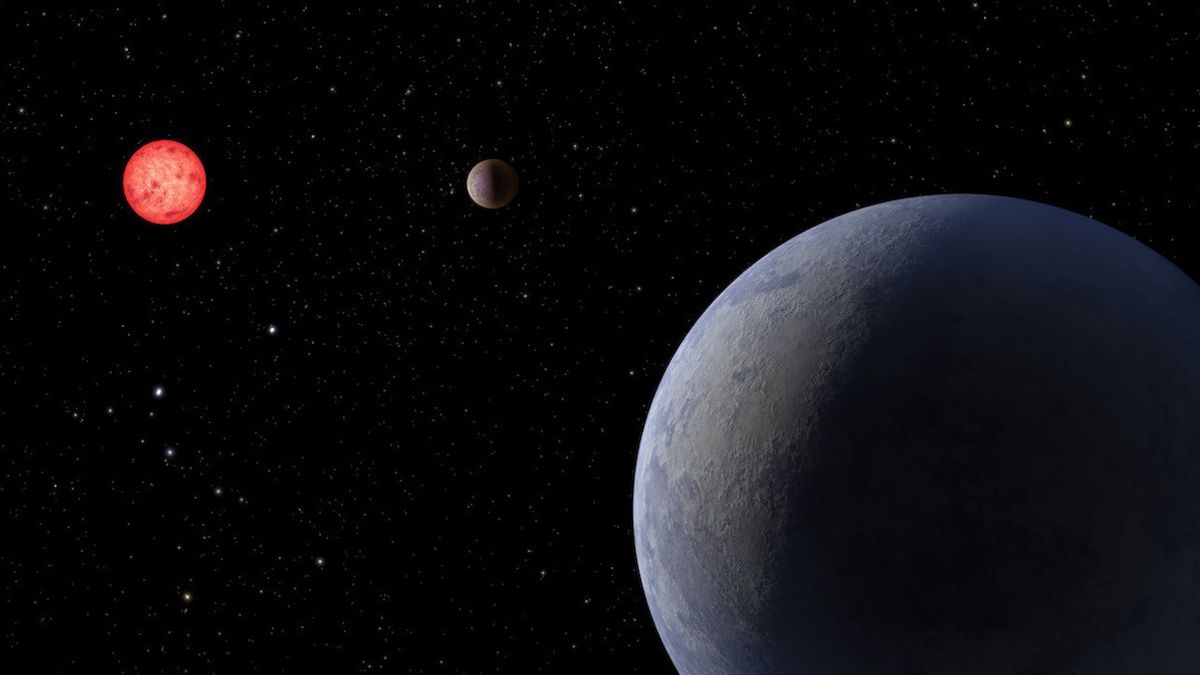JAKARTA Exoplanets are planets outside the solar system, but are still within the Milky Way Galaxy. The planet typically orbits other stars, such as Earth's activity orbiting the Sun.
Currently, the number of exoplanets that have been confirmed by the United States Aeronautics and Space Agency (NASA) has reached 5,496 planets. There are still many exoplanets that have not been explored and the number that has not been confirmed has reached 9,820 planets.
Evidence of the presence of exoplanets first appeared in 1917 and was discovered by an astronomer named Adriaan van Maanen. The astronomer identified a white dwarf or a polluted degenerate dwarf that is currently called the Van Maanen Star.
Although the evidence has been around for a long time, this exoplanet was only confirmed in 1990. After the first confirmation, exoplanets continued to be discovered until the number reached thousands. Actively, NASA continues to search for the presence of exoplanets using space telescopes.
Exoplanets that have been confirmed and have not been confirmed so far are still in the Galactic region of the Milky Way. The closest exoplanet to Earth is Proxima Centauri b. The planet is about four light-years away, one year equivalent to 9.46 trillion kilometers.
All exoplanets discovered by astronomers have names, but the name is always long and complicated to remember because it is not as simple as the planet's name in the solar system. Actually, there is a reason behind its long naming.
Astronomers must look for ways to categorize these planets. To distinguish their types, exoplanet names use alphanumerics and personal names based on alphabets such as Kepler-20d or TRAPPIST-1e.
SEE ALSO:
The first part of the exoplanet name is the name of the telescope or the type of survey that found the planet. Next, the exoplanet will use the number on its name according to the position of the planet.
Meanwhile, the lower letter in the exoplanet name is the order of its discovery. The planet that is discovered will first be given letter b, then the next planet will be named c, d, e, f, and so on.
The category of letters to determine the sequence of discoveries must use lower letters. The reason is, big letters such as A, B, C, and so on are only used for orbited stars. Exoplanets also do not use the letters A because these letters are only used in orbited stars.
The English, Chinese, Japanese, Arabic, and French versions are automatically generated by the AI. So there may still be inaccuracies in translating, please always see Indonesian as our main language. (system supported by DigitalSiber.id)

















